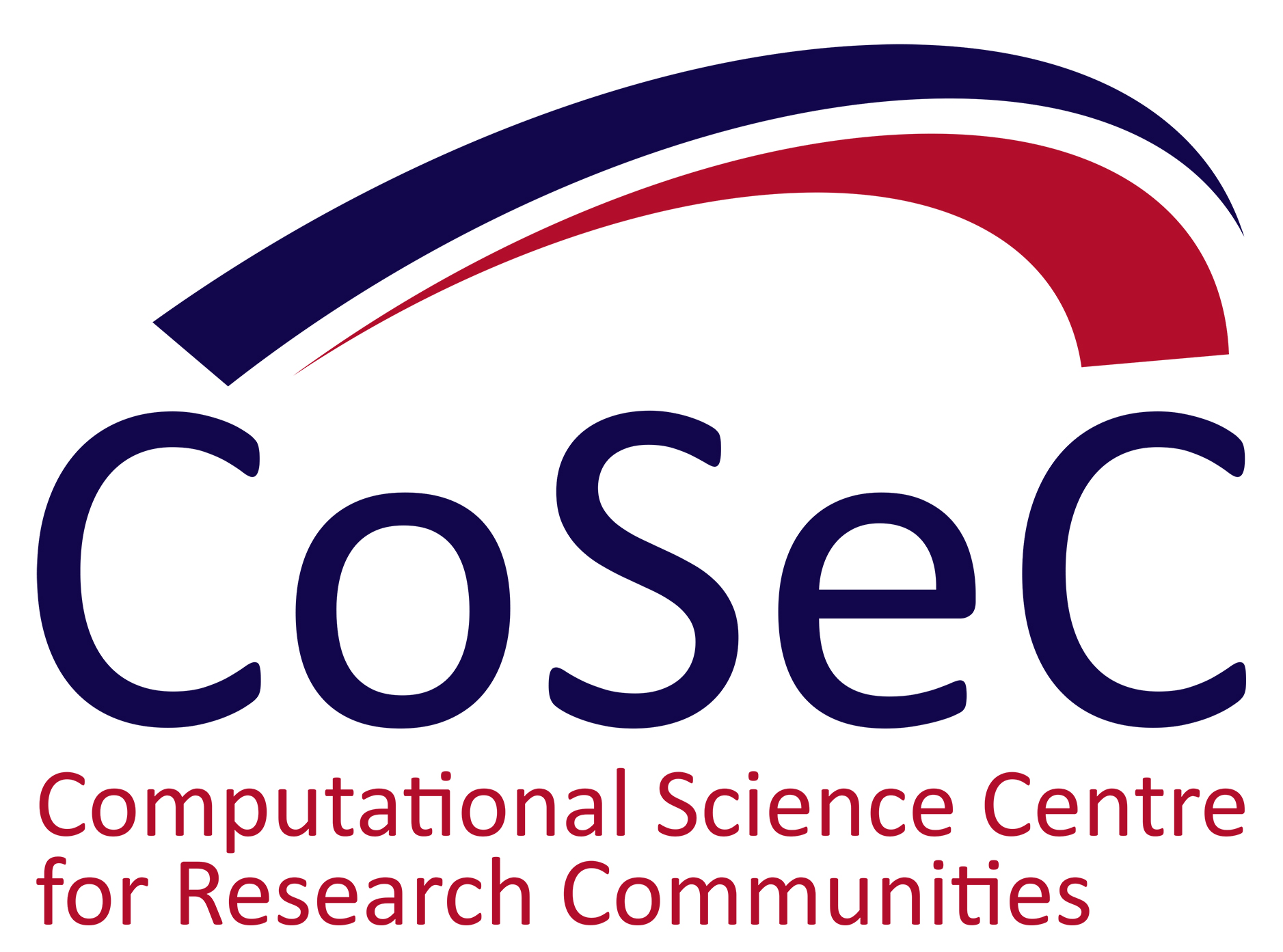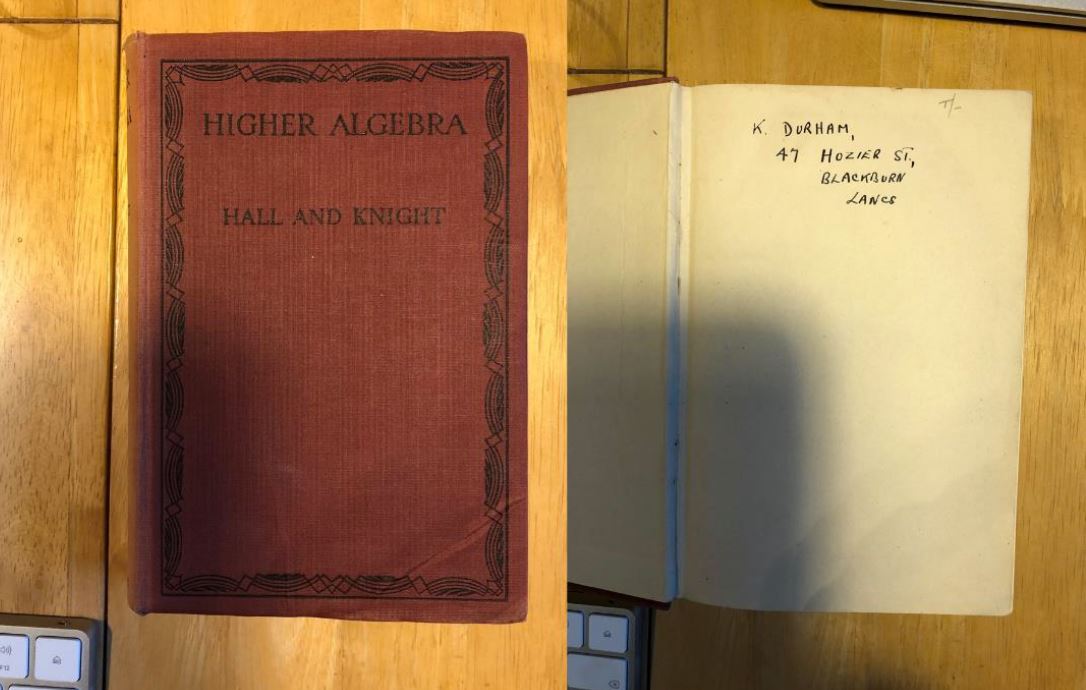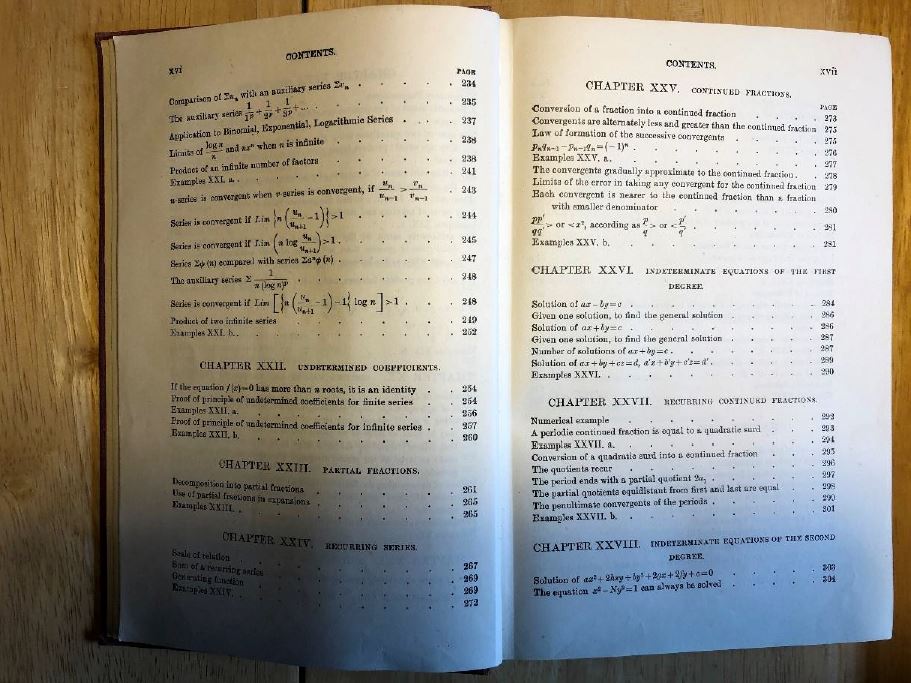 I came across this copy of a little paper by Dirac while looking through some old files of mine from the 1980s. It’s presumably a transcript of his talk to the Hungarian Academy of Sciences in 1977. The story he tells is pretty familiar, including his well-known views on renormalization – “the only sensible conclusion … is that it’s a bad theory” – but it’s interesting to read his own words. I liked the idea that he found Heisenberg’s paper on matrix mechanics “very difficult” to understand; it took him 2 weeks!
I came across this copy of a little paper by Dirac while looking through some old files of mine from the 1980s. It’s presumably a transcript of his talk to the Hungarian Academy of Sciences in 1977. The story he tells is pretty familiar, including his well-known views on renormalization – “the only sensible conclusion … is that it’s a bad theory” – but it’s interesting to read his own words. I liked the idea that he found Heisenberg’s paper on matrix mechanics “very difficult” to understand; it took him 2 weeks!
The other point of interest (to me) is that my copy seems to have been part of “A one day interview with A K Rajagopal”, who was visiting the Bristol Theory Group in 1984. If memory serves, he was specifically talking to Balazs Gyorffy and his students about relativistic density functional theory, of which he was a pioneer. At that time, Balazs was getting going with relativistic multiple scattering theory for solid-state applications (especially metals and alloys of high atomic number elements). I have some personal notes of the “interview”, but, maddeningly, they do not remind me what the Brown-Pavenhall disease is, or was. Google, Wikipedia etc aren’t very helpful either.
This idea of an “interview” with an important visitor was, in a way, typical of the ethos of the Bristol Theory Group. They had a habit of sharing interesting ideas with each other through seminars, lecture series etc, and when those sharing included people like Balazs, Mike Berry, Bob Evans, Brian Pollard, Noel Cottingham, Derek Greenwood et al, it was always going to make for a stimulating intellectual environment.

Rajagopal himself was, as Balazs said, “a wonderful guy”, very easy to talk to and very interesting. I remember chatting to him in the theory group coffee room in the H H Wills Physics Laboratory. For some reason, the coffee room had a selection of old textbooks on display that day, including Hall and Knight’s “Higher Algebra”. Rajagopal had an affection for this book, and I knew it too because my father had a copy which he had used as an undergraduate at Manchester University after the war when he had left the RAF. It’s a very good book, and I still use it from time to time when I need a reminder about partial fractions and things like that. Here’s what the 1945 edition of a book first published in 1887 looks like.

Mention of my father recalls my only personal connection with Dirac. When I was a boy, we went to the Lake District for a holiday, staying at a hotel in Bassenthwaite, I think. One of the other guests, my father assured us, was Dirac. My father recognized from photos and because he had a strong resemblance to my Uncle Jack.
Dirac was also very strongly connected to Bristol, although not to the University. He lived in the city as a boy, and went to a school in the Cotham district, which is but a stone’s throw from the H H Wills Lab. In fact, the school was on the other side of the street from the house where our late colleague Walter Temmerman lived for a while when he and I were PhD students there.
